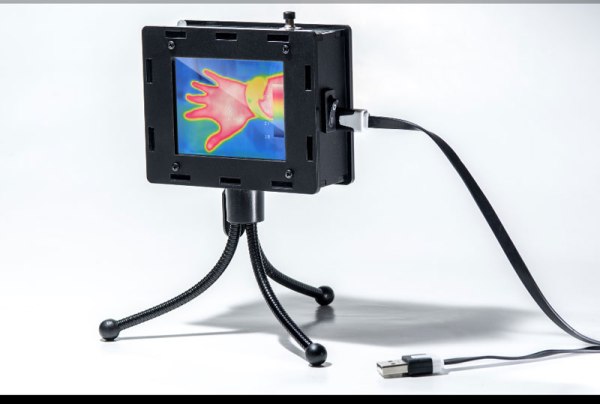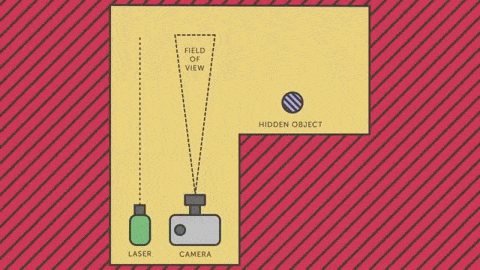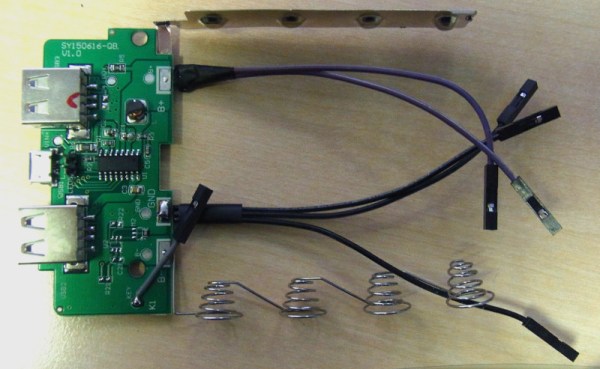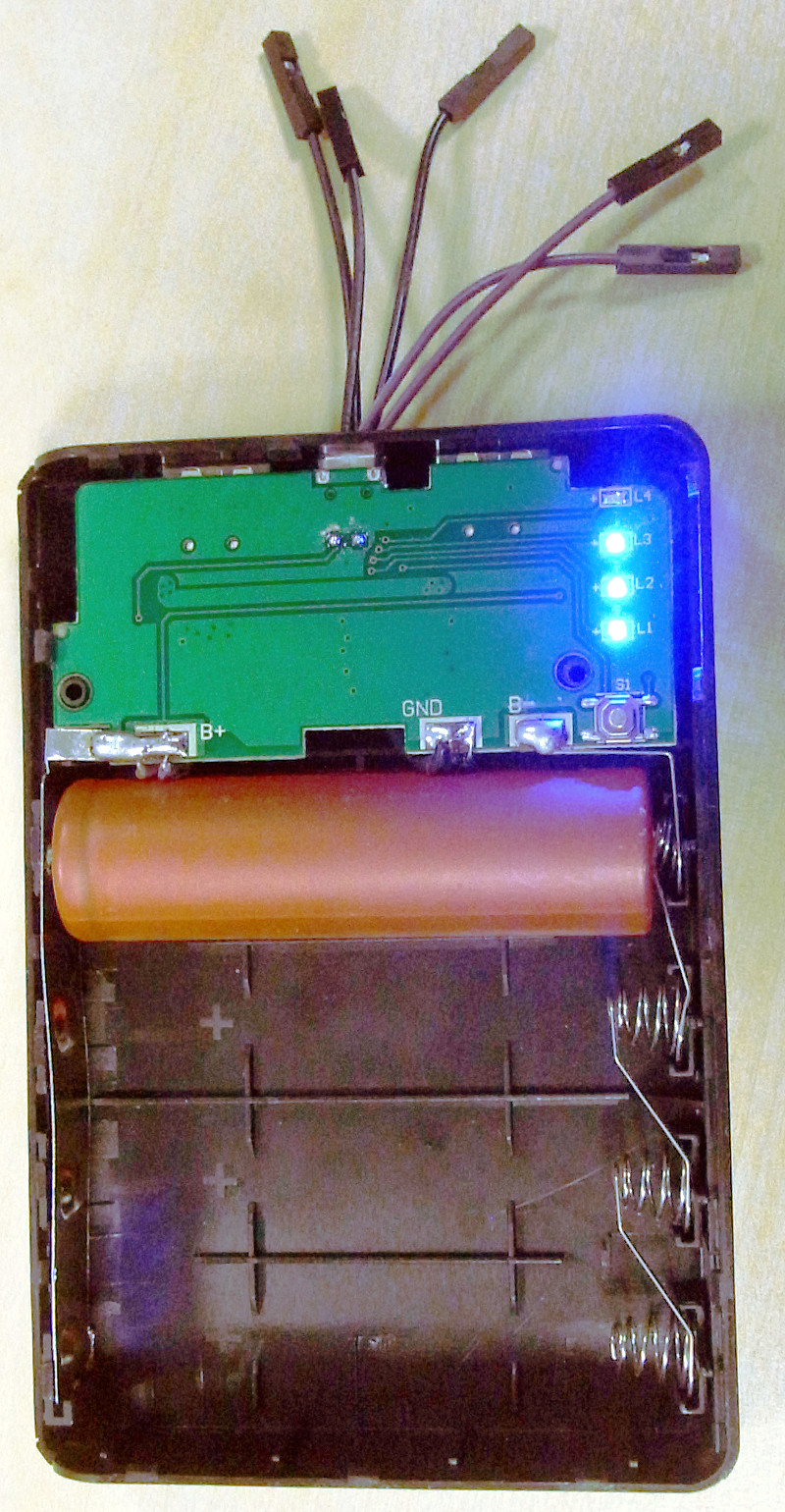There’s almost nothing you can’t build with the right set of Lego parts. [Rigjob] built up a Lego-based wireless remote follow-focus system that’ll give professional systems a run for their money.
Now [Rigjob] self-identifies as a hillbilly, but he’s not just a redneck with a camera. He’s set up the Lego controller to remember minimum and maximum focus positions as well as mark points along the way. The controller simply won’t turn the lens outside of the focus range, and an interactive graph shows you where you are within the range. For a focus wheel, he uses (drum-roll please!) a Lego off-road wheel. It looks really comfortable, usable, and actually quite professional.
There’s a lot of tech in the Lego controller and motors that make this “simple” hack simple. Under the hood, there’s a Bluetooth connection, a geared stepper motor with a position sensor, a communication protocol, and a whole ton of programming in the Lego controller that makes it all drag-and-drop programmable. But to a long-bearded hillbilly cameraman, it all looks like child’s play. And that’s the hallmark of good design. Kudos, Lego.
If you can’t get enough Lego camera tech, check out this DIY slit-scan stargate rig, or (what else?) a Lego 3D chocolate printer.

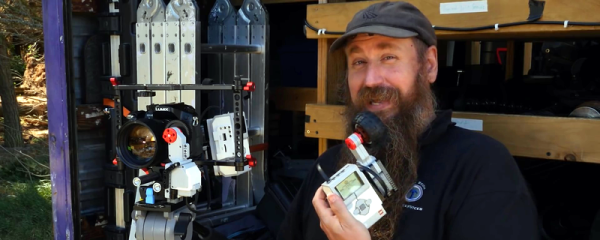
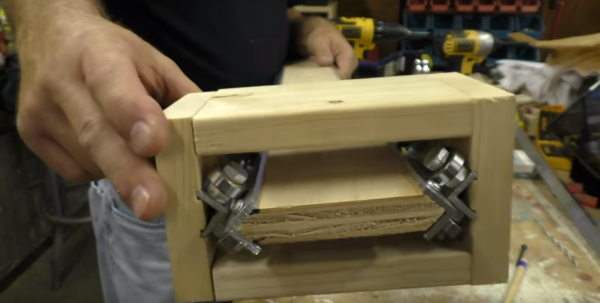
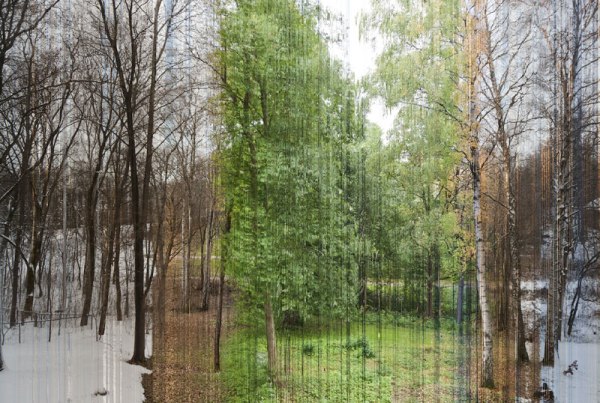
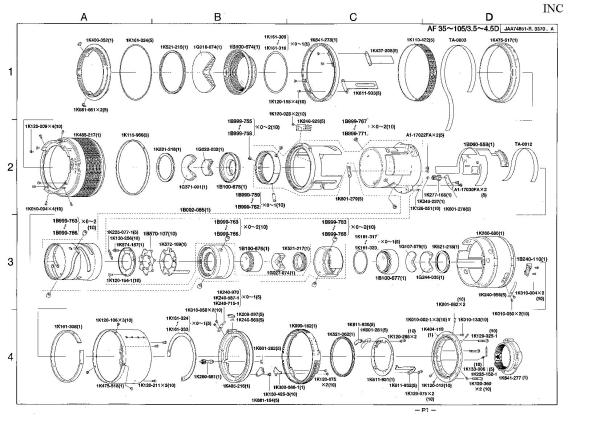
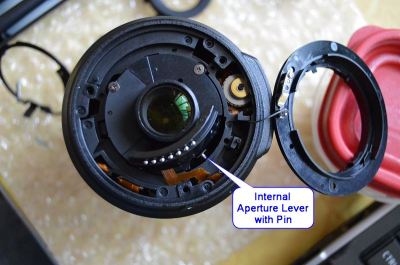 Keeping screws and various parts in order is key when taking apart a lens. [Kratz] used a tip he learned right here on Hackaday: He drew a diagram of the screw positions on a thick piece of paper. He then stuck each screw right into the paper in its proper position.
Keeping screws and various parts in order is key when taking apart a lens. [Kratz] used a tip he learned right here on Hackaday: He drew a diagram of the screw positions on a thick piece of paper. He then stuck each screw right into the paper in its proper position.